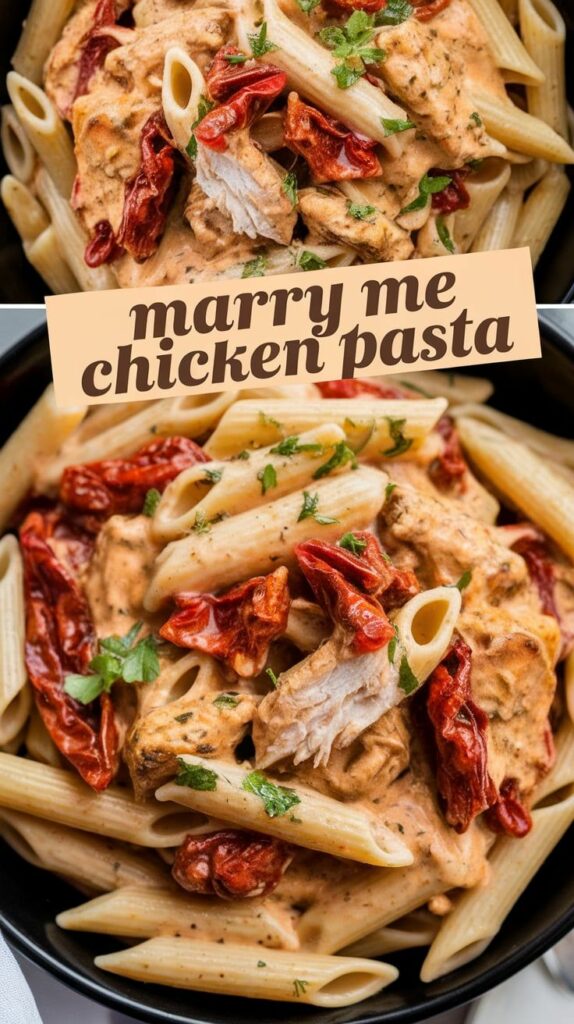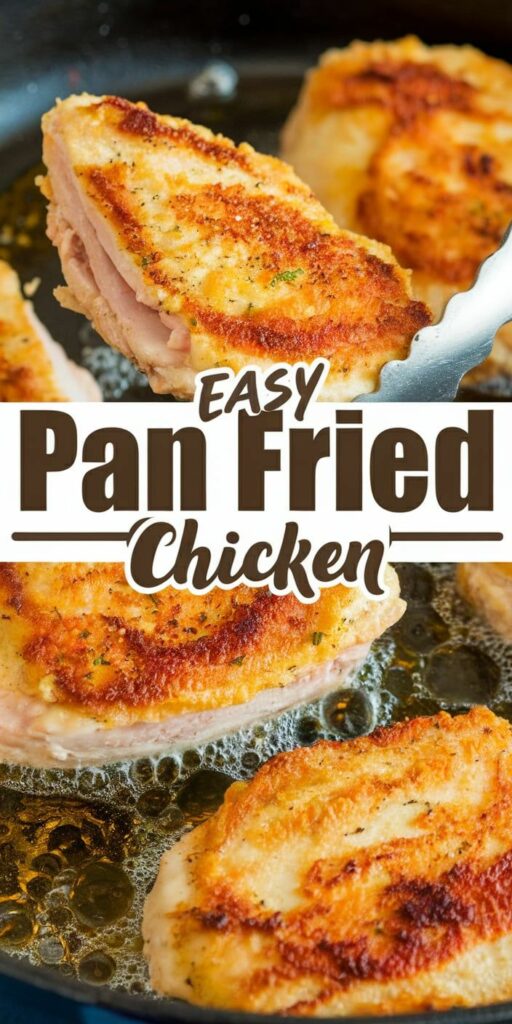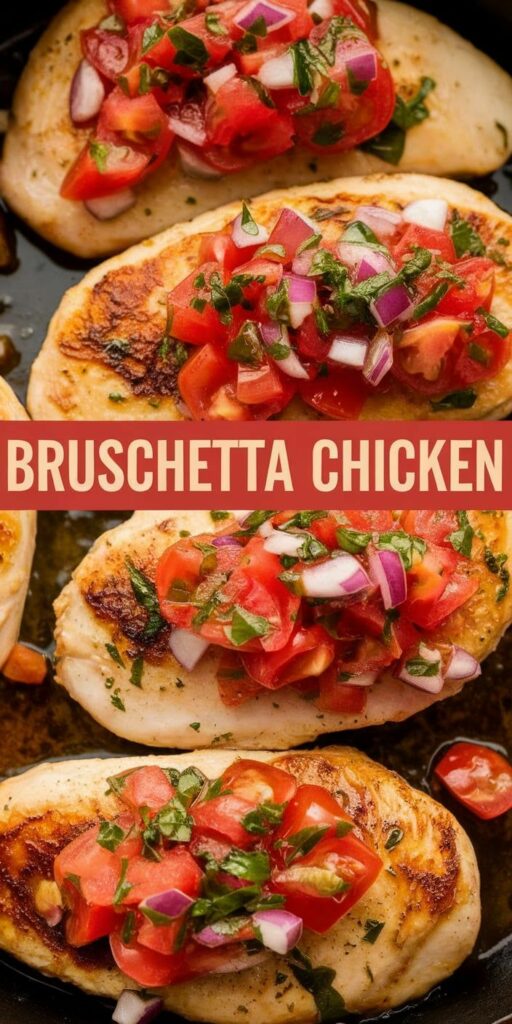I’m excited to share the ultimate pavlova recipe that brings the magic of Australian and New Zealand cuisine right to your kitchen. This meringue-based dessert is a culinary gem that combines delicate sweetness with stunning visual appeal.
Originating from the Southern Hemisphere, the pavlova is more than just a dessert—it’s a celebration of light, airy texture and vibrant flavors. My recipe will walk you through creating this classic Australian and New Zealand treat that’s sure to impress at any gathering.
What makes the pavlova so special is its unique combination of crisp meringue exterior and marshmallow-like interior. Topped with whipped cream and fresh fruits, this meringue-based dessert transforms simple ingredients into an elegant culinary masterpiece that looks as incredible as it tastes.
Ready to embark on a delicious adventure? Let’s dive into the world of pavlova and discover why this dessert has captured hearts around the globe!
The History and Origins of Pavlova
Diving into the pavlova history reveals a delightful culinary mystery that spans continents. This iconic holiday dessert has sparked passionate debates about its true origins, weaving together a rich tapestry of cultural culinary heritage.
The Famous Ballet Dancer’s Sweet Legacy
The pavlova’s name pays homage to Anna Pavlova, the legendary Russian ballet dancer who toured Australia and New Zealand in the 1920s. Her graceful performances inspired chefs to create a dessert as light and elegant as her dance movements. While she never tasted the dessert named after her, her artistic influence sparked a culinary creation that would become a beloved holiday treat.
A Culinary Controversy: Australian vs. New Zealand Claims
The Australian pavlova and New Zealand pavlova are at the center of an ongoing international debate. Both countries claim to be the true birthplace of this meringue-based dessert. Culinary historians have found evidence supporting both nations’ claims, making it a fascinating gastronomic dispute.
- Australia argues first documented recipe in 1935
- New Zealand points to earlier evidence of similar desserts
- Scientific tests remain inconclusive
Why Pavlova Became a Holiday Favorite
The pavlova’s popularity as a holiday dessert stems from its impressive appearance and versatility. Its crisp meringue exterior and soft marshmallow-like interior make it a showstopping centerpiece for Christmas and summer celebrations in the Southern Hemisphere. The dessert’s ability to showcase fresh seasonal fruits adds to its appeal as a festive treat.
Whether you’re in Australia or New Zealand, the pavlova remains a cherished culinary tradition that continues to delight dessert lovers around the world.
Essential Ingredients for a Classic Pavlova Recipe
Creating the perfect pavlova starts with understanding its key pavlova ingredients. This delicate dessert might seem intimidating, but with the right components, you’ll be whipping up a show-stopping treat in no time.
The foundation of any great pavlova begins with pristine egg whites. These magical ingredients are crucial for creating the signature light and airy meringue base. You’ll want to use fresh, room-temperature egg whites for the best results.
- Egg whites: The structural backbone of your pavlova
- Sugar: Provides sweetness and helps stabilize the meringue
- Cornstarch: Creates a soft, marshmallow-like interior
- Vinegar: Helps stabilize the egg whites
- Vanilla extract: Adds depth of flavor
Each ingredient plays a critical role in the pavlova’s success. The sugar works magic with the egg whites, creating a glossy, stable meringue that will hold its shape perfectly. A touch of cornstarch helps prevent the meringue from becoming too crisp, ensuring a delightful marshmallow-like center.
Vinegar might seem like an unexpected ingredient, but it’s a secret weapon in pavlova making. Just a small amount helps stabilize the egg whites and creates a more forgiving meringue. The vanilla extract brings a warm, subtle flavor that complements the sweet base.
For the topping, you’ll want to gather some fresh whipped cream and an array of colorful fruits. Strawberries, kiwis, and passion fruit are classic choices that add both visual appeal and delicious flavor to your pavlova masterpiece.
Tips and Techniques for the Perfect Meringue Base
Creating a flawless pavlova requires mastering the art of meringue. I’ll share my top pavlova meringue tips to help you craft a stunning dessert that will impress even the most discerning guests.
Meringue techniques can seem intimidating, but with the right approach, anyone can create a beautiful base. The secret lies in understanding the delicate balance of ingredients and technique.
Temperature and Humidity Control
Successful meringue depends heavily on environmental conditions. I recommend these key pavlova troubleshooting strategies:
- Work on dry, cool days with low humidity
- Use room temperature egg whites
- Ensure all equipment is completely grease-free
- Avoid making meringue during rainy or very humid weather
Beating and Mixing Methods
Achieving the perfect meringue texture requires precise beating techniques. Start by whisking egg whites at a low speed, gradually increasing to medium-high. Add sugar slowly to ensure smooth, glossy peaks.
- Use clean, dry metal or glass bowls
- Beat until stiff, glossy peaks form
- Stop mixing when meringue looks thick and holds its shape
Common Mistakes to Avoid
Even experienced bakers can struggle with meringue. Watch out for these potential pitfalls:
- Overbeating, which can cause meringue to become grainy
- Using cold egg whites
- Introducing any trace of fat or egg yolk
- Opening the oven during baking
With practice and patience, you’ll master the art of creating a beautiful pavlova meringue that will be the star of any dessert table.
Step-by-Step Pavlova Recipe Instructions
Mastering the art of how to make pavlova might seem intimidating, but I’ll guide you through each pavlova recipe steps with confidence. The key to a perfect pavlova is precision and patience.
Let’s start with the essential pavlova baking instructions. You’ll need a few critical tools:
- Electric mixer
- Large mixing bowl
- Baking sheet
- Parchment paper
- Spatula
Before beginning your pavlova recipe steps, prepare your workspace. Ensure all equipment is clean and dry. Egg whites whip best at room temperature, so remove them from the refrigerator 30 minutes before starting.
- Preheat the oven to 250°F (120°C)
- Line a baking sheet with parchment paper
- Separate egg whites carefully, avoiding any yolk contamination
- Beat egg whites until soft peaks form
- Gradually add sugar while continuing to beat
- Fold in cornstarch and vinegar gently
- Shape meringue into a circular disk on parchment paper
- Bake for 90 minutes, then turn off oven and let cool completely
Pro tip for perfect pavlova baking instructions: Create slight edges on your meringue disk to help hold toppings. The center should remain slightly soft and marshmallow-like.
After cooling, top your pavlova with whipped cream and fresh seasonal fruits. The result will be a stunning dessert that looks as impressive as it tastes!
Creative Pavlova Toppings and Variations
When it comes to pavlova toppings, the possibilities are truly endless! I love exploring different fruit combinations that can transform this classic dessert. Fresh berries like strawberries, raspberries, and blueberries create a vibrant and colorful fruit pavlova that’s sure to impress guests. Tropical fruits such as mango, passion fruit, and kiwi add an exotic twist to the traditional meringue base.
For those with a chocolate craving, a chocolate pavlova offers a decadent alternative to the classic recipe. I recommend drizzling rich dark chocolate ganache over the meringue and topping it with fresh cherries or raspberries. Seasonal variations can include autumn-inspired toppings like caramelized apples or winter-themed cranberry and pomegranate combinations.
Dietary restrictions don’t have to limit your pavlova creativity. Experiment with alternative sweeteners like coconut sugar or use dairy-free whipped cream for vegan-friendly pavlova variations. Fresh herbs like mint or basil can add an unexpected layer of complexity to your dessert, creating a unique flavor profile that will surprise and delight your guests.
The beauty of pavlova lies in its versatility. Whether you’re crafting a simple berry-topped dessert or an elaborate chocolate creation, there’s no wrong way to enjoy this stunning meringue treat. I encourage you to get creative and make each pavlova a reflection of your personal taste and imagination.



